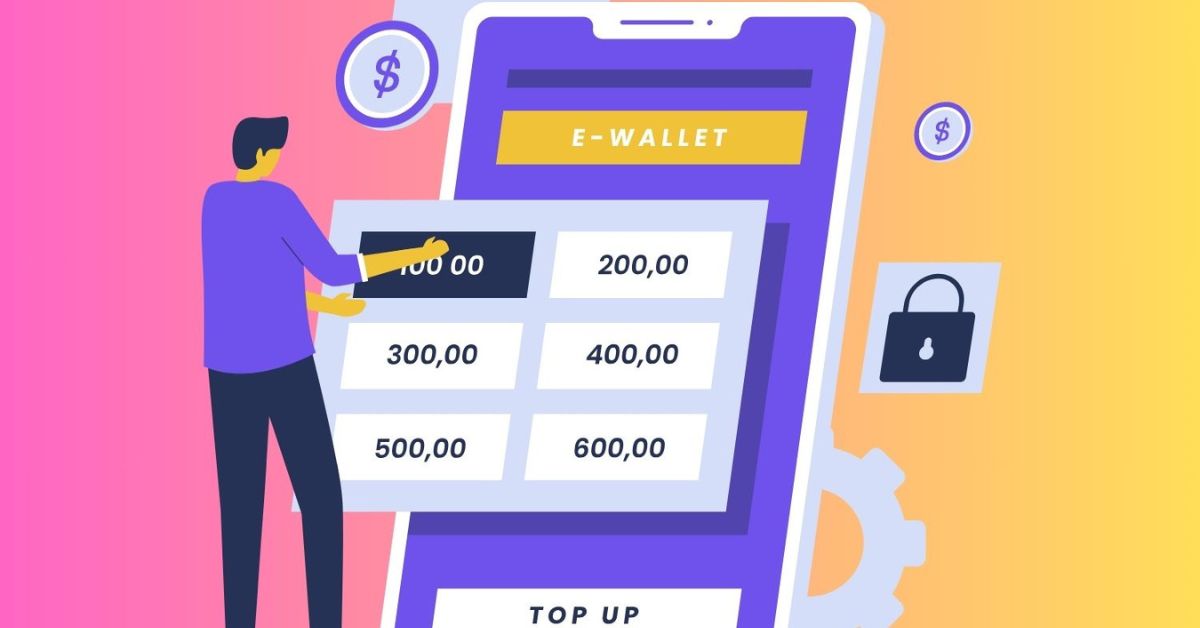Introduction
The rapid growth of digital wallets and the rise of open banking are two of the most transformative trends in the financial services industry. Together, they have the potential to reshape how consumers manage their money, make payments, and interact with financial products. While digital wallets offer a seamless, convenient way to store and spend money, open banking enables a broader range of services by allowing third-party providers to access customer banking data securely. But are open banking and digital wallets the perfect match? Let’s explore how the two can work together and the benefits they can offer consumers and businesses.
1. Enhancing User Experience with Seamless Payments
Digital wallets have revolutionized how consumers pay for goods and services, offering a simple, secure way to make payments without needing physical cards or cash. With open banking integration, digital wallets can become even more powerful by connecting directly to users’ bank accounts, allowing for seamless and instant payments.
Open banking APIs allow digital wallets to access users’ bank accounts and initiate payments directly from their bank balance. This eliminates the need to link a payment method, such as a debit or credit card, providing users with faster, more cost-effective payment options. Additionally, integrating open banking can reduce the fees associated with credit card payments, making digital wallets a more attractive and affordable payment option for consumers.
2. Streamlining Account Funding and Management
One key challenge for digital wallet users is managing funds and ensuring that there is enough money in their wallet to make payments. Open banking makes it easier to fund digital wallets directly from a linked bank account. Digital wallets can sync with users’ bank accounts and transfer funds seamlessly by accessing real-time data.
This integration simplifies adding money to a digital wallet, offering a smoother and more efficient experience. With real-time access to banking data, digital wallets can also provide users with detailed insights into their spending habits and balances, helping them manage their finances more effectively.
3. Personalized Financial Services and Insights
Open banking enables digital wallets to provide users with personalized financial insights by analyzing their spending patterns, transaction history, and economic behaviors. By accessing data from multiple bank accounts and financial institutions, digital wallets can offer tailored advice, budgeting tips, and user needs recommendations.
For example, if a user frequently spends money on dining out, their digital wallet could suggest ways to save money, such as offering discounts at local restaurants or providing budgeting tips. This personalized approach empowers users to take control of their finances and make more informed decisions, further enhancing the value of digital wallets.
4. Improved Security and Fraud Prevention
Security is a top concern for users of digital wallets, and open banking can enhance the security of these platforms by providing an additional layer of protection. Open banking’s secure API connections allow users to grant third-party providers access to their banking data in a controlled, consent-driven manner. This helps prevent unauthorized access and ensures that users’ data remains safe.
Furthermore, open banking allows for real-time monitoring of transactions, which can help quickly detect suspicious or fraudulent activity. By integrating open banking with digital wallets, consumers feel more secure knowing that stringent security protocols and regulatory standards protect their financial information.
5. Driving Financial Inclusion
One of the most significant benefits of open banking is its potential to promote financial inclusion. By allowing digital wallets to access banking data, open banking enables underserved individuals who may not have traditional bank accounts to benefit from digital payment solutions. This allows more people to access financial products, such as loans, savings, and budgeting tools, without needing a traditional banking relationship.
Digital wallets can also provide access to low-cost international payments, remittances, and savings products, allowing individuals in developing economies to participate in the digital economy. Open banking helps bridge the gap between traditional banking services and fintech solutions, driving more inclusive financial services for everyone.
Conclusion
Open banking and digital wallets are a perfect match, working together to enhance user experience, streamline payments, and promote financial inclusion. By integrating open banking APIs, digital wallets can offer faster, more secure, personalized services that empower users to manage their finances more effectively. As the adoption of open banking continues to grow, digital wallets will play an increasingly central role in how we pay, save, and interact with our financial data, making this combination a powerful force in the future of finance.
#OpenBanking #DigitalWallets #Fintech #PaymentSolutions #FinancialInclusion #Innovation #BankingTech #PersonalizedFinance #SecurePayments #FinancialServices
Categories



